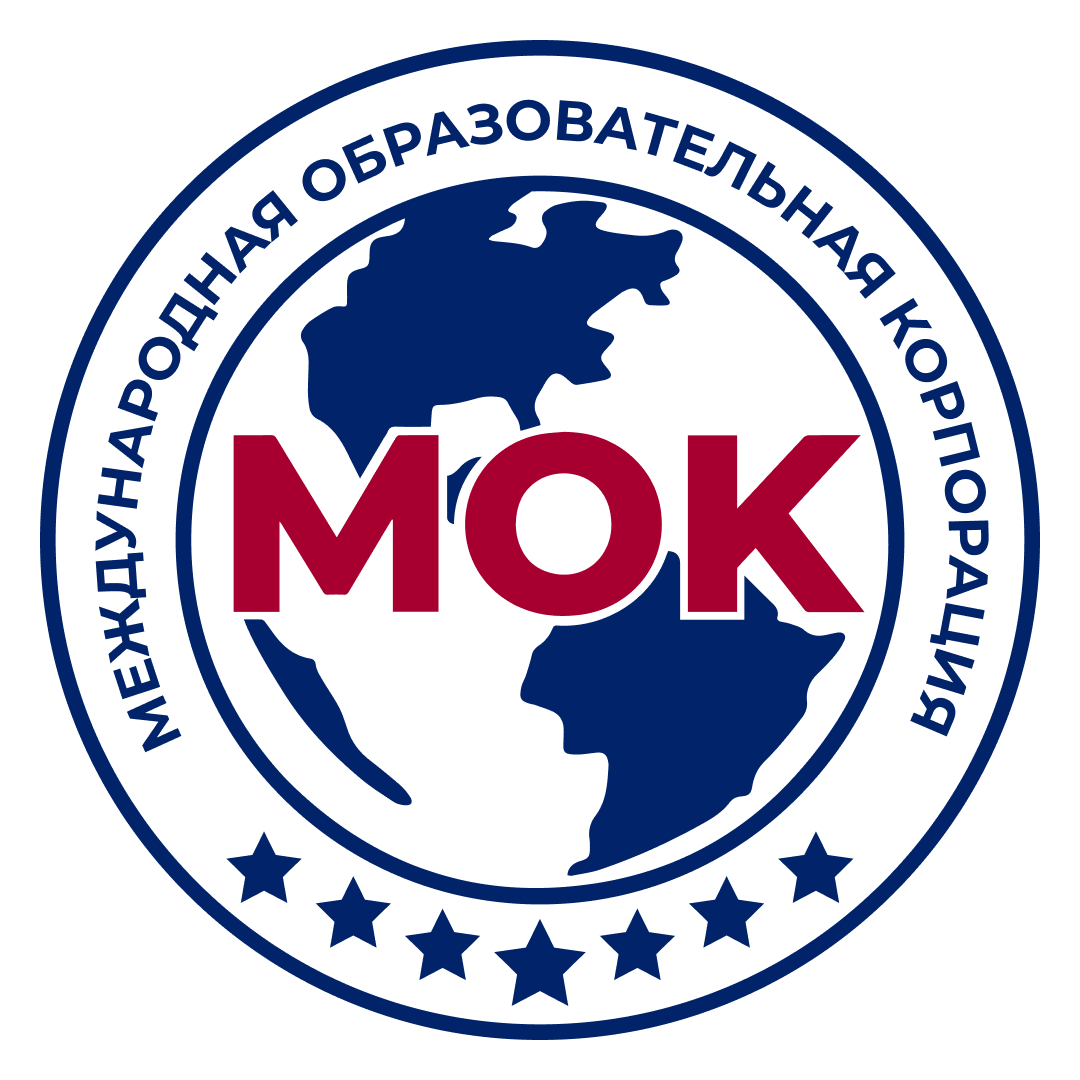26 September, the key day of the BRAUIC 2025 international forum took place at the “Gylym Ordasy” complex (National Academy of Sciences of the Republic of Kazakhstan under the President of the RK). The forum was held in Almaty on 25-27 September across the venues of the International Educational Corporation (KazGASA) and the National Academy of Sciences. This world-class event brought together leading architecture and construction universities from Belt and Road Initiative countries, as well as representatives of government institutions, research centers, and business from 39 countries.
The agenda focused on strategies for sustainable and digital sector development, the launch of joint projects, and investment initiatives. The event was particularly significant for CIS countries: in Almaty, a shared understanding was formed around standards and practices in BIM, digital twins, green codes and standards; approaches to joint educational tracks and academic mobility were aligned; priorities were set to accelerate technology transfer for urban development, transport and engineering infrastructure; pilot Smart City projects were outlined; and avenues to expand the export potential of universities’ and engineering schools’ educational services in the region were identified.
A key milestone of the day was the signing of a trilateral Memorandum of Understanding between the International Educational Corporation (KazGASA), Beijing University of Civil Engineering and Architecture (BUCEA), and the National Academy of Sciences of the Republic of Kazakhstan under the President of the RK. The document formalized the parties’ intent to advance joint educational programs, research projects, and digital initiatives in the architecture and construction domain.
Opening the forum, Aigazy Kussainov, Chair of the Supervisory Board of the International Educational Corporation, emphasized:
“Our mission is to unite the efforts of universities, business, and government to agree on new development benchmarks. The forum in Almaty has become not only a platform for exchanging ideas, but also a launchpad for concrete projects and alliances.”
The strategic dimension of the agenda was outlined by Sayasat Nurbek, Minister of Science and Higher Education of the Republic of Kazakhstan:
“Kazakhstan is becoming a center of international dialogue in science, education, and innovation. The four BRAUIC tracks-digital architecture, green technologies and sustainable construction, Smart City, and a new model of education-are the foundation of tomorrow’s world. May this forum become a starting point for new ideas, bold projects, and strong partnerships.”
Underscoring the role of science in managing the development of the city and its agglomeration, Akhylbek Kurishbayev, President of the National Academy of Sciences of the Republic of Kazakhstan under the President of the RK, noted:
“Our goal is simple yet ambitious: to turn Almaty and its agglomeration into a sustainable, smart, and comfortable region where technology serves people. We must not only build the future but also preserve the past, connecting generations and relying on evidence-based decisions.”
Highlighting the importance of the forum in the context of Almaty, Beibut Shakhanov, Deputy Akim (Vice Mayor) of Almaty, added:
“In Almaty, we brought together those who shape the global agenda of sustainable development, digitalization, and innovation in architecture and construction. We are especially pleased that the International Educational Corporation (KazGASA), one of our city’s leading universities, served as Chair of the 2025 forum. This is recognition of the achievements of Kazakhstan’s school of architecture and construction, as well as the contribution of our scholars to the future of the industry.”
The BRAUIC consortium unites 91 universities from 39 countries. Delegations worked in Almaty from China, Azerbaijan, Russia, Thailand, Brazil, Sri Lanka, Serbia, the United Kingdom, Peru, Malaysia, Indonesia, Uzbekistan, and other countries, including leaders of universities, research centers, line ministries and agencies, and companies.
Two strategic initiatives were presented during the forum.
Luban Global School is an international platform that evolved from the Luban Workshop program, combining craft heritage, digital tools, and global partnerships in technical and architecture-and-construction education; its focus areas are the Chinese Traditional Craftsman Center, the Urban X-Principle Center, and the International Platform for Outstanding Engineers in Architecture. The initiative provides for internships, innovation laboratories, and joint educational tracks relevant to CIS universities as well.
Also presented was a global digital platform for the preservation and applied use of architectural heritage, bringing together digital twins, condition monitoring of assets, 3D/AR exhibitions, and tools for international cooperation designed for universities and research institutes, museums and heritage authorities, city administrations, and design/engineering bureaus.
In addition to the plenary session, there were ceremonies for signing international agreements, meetings of BRAUIC professional committees, thematic sessions on digital design (BIM, AI, VR/AR), green technologies and sustainable construction, Smart City and urban mobility, as well as on science and education. B2B meetings were held, along with presentations and an exhibition of leading academic and industrial projects. By the end of the day, the groundwork had been laid for the forum’s final resolution.
The forum was held under the auspices of the National Academy of Sciences of the Republic of Kazakhstan under the President of the RK, together with KazGASA-the consortium’s sole member from Kazakhstan-appointed, following its accession in 2024, as Chair of the BRAUIC 2025 conference and organizer of the event in Almaty.

